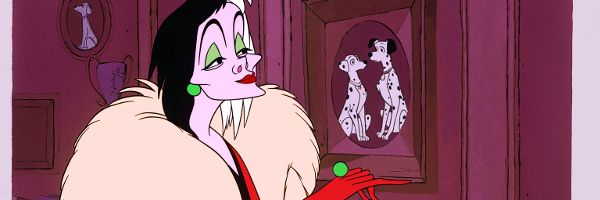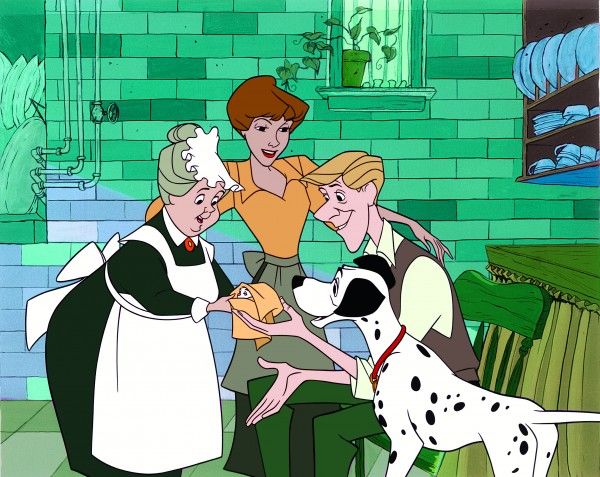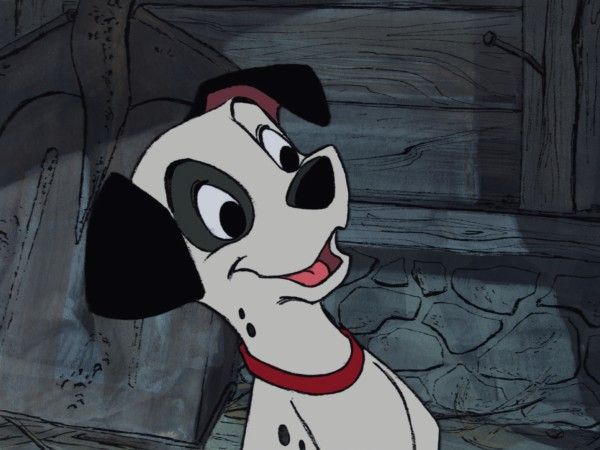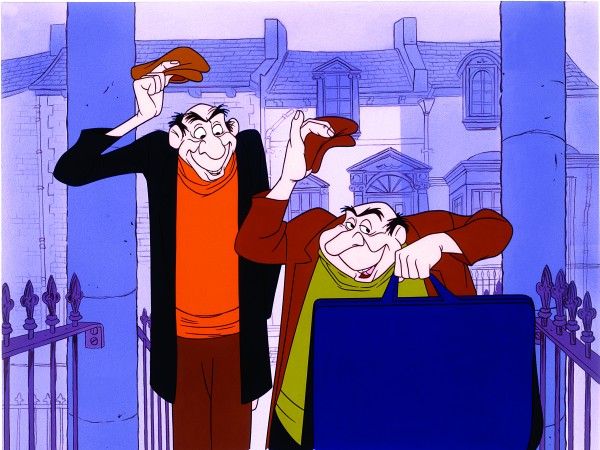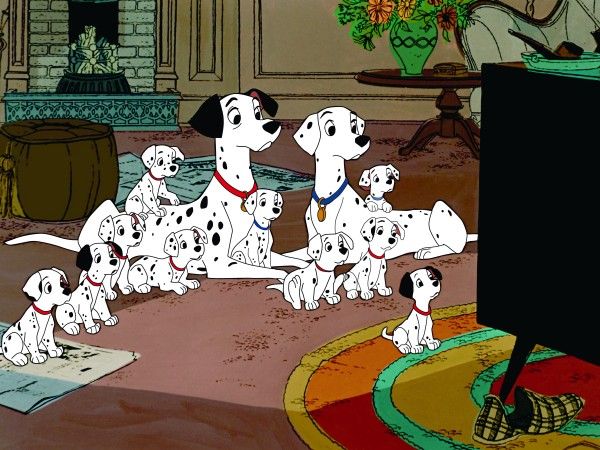In 1959, Disney's animation department was in a dire predicament. After funneling six years of money, time, and manpower into the artfully animated Sleeping Beauty, the film under-performed at the box office, leaving Disney with a beautiful, but unprofitable movie, and a mode of creation that the studio could not financially sustain. In the winter of that year, Disney's animation department underwent massive layoffs, reducing their staff of artists and animators from 551 employees to just 75. The disappointing returns on Sleeping Beauty were so devastating to the company that Walt Disney's brother, Roy O. Disney, tried to convince Walt it was time to shut animation down and focus on TV production instead.
Given the amount of times you likely had "Let it Go" stuck in your head during the last year, you know that things turned out alright for the studio. So, what saved the day? The answer might surprise you - Xerox technology. With the animated feature 101 Dalmatians, Disney utilized the new technology in a way that massively cut production costs and revitalized the entire animation studio.
Before the advent of Xerography, Disney's animation technique called for massive amounts of man hours, as each frame of the artists' drawings had to be hand traced and painted onto an acetate cell. At a recent press day, animator Floyd Norman - a Disney Legend - explained the process, "Back in those days animated films were made by hand, no technology. It was a handmade product. We drew it with pencil and paper. The inkers inked on sheets of acetate with ink and painted the cells with paint - took forever to do it and cost a lot of money."
The use of Xerox technology allowed the animators drawings to be scanned directly onto the cell - eliminating the need for hand-inking, improving efficiency, and greatly reducing production costs. According to Norman, "That was a great timesaver, cutting down time production, and consequently saving lots of money, making animation at Disney viable again. We couldn’t afford to keep making these films; they just simply cost too much money. And Xerox, this new technology, enabled all animation to continue at the Disney studio."
However, it wasn't just the technology to create 101 Dalmatians that set it apart, but the content of the movie itself. Unlike the animated Disney films that preceded it, which were largely based on European fairy tales, 101 Dalmatians was an entirely modern movie that depicted the era the audience was living in on screen. The characters watch television and drive cars. There are no princesses, curses, fairies, or dragons. Instead, 101 Dalmatians was the first Disney animated feature to bring to life contemporary world that audiences could recognize and relate to.
101 Dalmatians went on to become the highest grossing film of 1961 by a massive margin, and adjusted for inflation, remains among the highest grossing films of all time. And so it was that Disney's animation studios were saved by a Xerox machine and 101 delightful, spotted pups.
As to the future of Disney animation Norman, who has witnessed great technological advances during his years at Disney, is adamant that only one element truly matters - storytelling. "I would say the technology has changed considerably, considering what we did in 1959 moving over to the Xerox photocopy process, and what happened in the '80s when we began to color our films using the computer, and on up into the '90s when the whole process became digital. The one thing that has remained consistent is Disney storytelling...I'm sure our technology is going to continue to evolve. It always has. It always will. But hopefully the one thing that will remain consistent is the Disney storytelling, and that's the magic that we can't afford to lose. That's what makes these films work."

